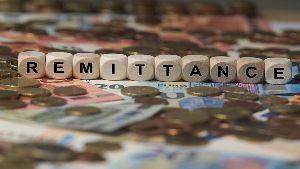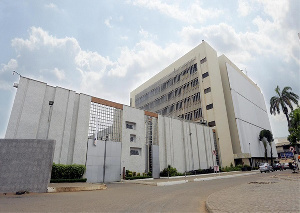Ghana’s history with the IMF since independence

In spite of these sentiments, officials of the International Monetary Fund (IMF) will commence negotiations with the government on Wednesday 6th July, 2022 on a possible programme to support Ghana’s homegrown economic policies.
This shouldn’t come as surprise to any citizen because the relationship between Ghana and the IMF and World Bank dates back to the late 1960s.
Following the overthrow of Kwame Nkrumah’s government in 1966, the country suffered nearly two decades of political instability and economic decline
(Twumasi-Baffour, 2019).
Our first stop at the IMF was on May 17, 1966 for a Standby Agreement. Subsequent agreements followed in the following years for similar support: May 25, 1967, May 28, 1968, May 29, 1969, Jan 10, 1979.
According to Twumasi-Baffuor (2019) “by 1983, Ghana’s economy was in tatters. It desperately needed support to reverse the downward spiral. As a result, Ghana embarked on a major programme of economic reform.
It did this through an IMF and World Bank-sponsored structural adjustment programme and economic recovery programme”. Standby Arrangement: Aug 03, 1983, Aug 27, 1984, Oct 15, 1986; Extended Credit Facility: Nov 06, 1987; Structural Adjustment Facility Commitment Nov 06, 1987 and Extended Credit Facility Nov 09, 1988.
The structural adjustment facilities were used to steer Ghana toward becoming a market-friendly nation where incentives were created by the free market.
In the process, the country embarked on a large-scale overhaul of institutions, encouraged competition by privatizing state own enterprises, built institutional capacity and attained macroeconomic stability (Baffour-Twumasi, 2019).
Ghana chalked up some initial successes under the programme. It was in fact referred to as the programme’s ideal student due to significant improvements in its macroeconomic indicators.
This notwithstanding, we were back at the IMF in the 90s for support. Extended Credit Facility, Jun 30, 1995 and May 03, 1999.
After nearly two decades of adjustment, in 2001, the country fell on hard times. It was classified as a highly indebted poor country, a World Bank and IMF initiative aimed at reducing the external debt burden of very poor countries (Twumasi-baffuor, 2019). We went for Extended Credit Facility on May 09, 2003 and Jul 15, 2009.
By mid-2013, the government’s efforts to achieve fiscal consolidation were undermined by policy slippages, external shocks and rising interest cost. This continued until mid-2014.
On 3 April 2015, the IMF approved a three-year Extended Credit Facility arrangement with Ghana. The programme was extended for an additional year, ending on 2 April 2019.
Therefore, in talking about Ghana’s relationship with the IMF, the issue at stake is not whether we should go or not go. It is rather when next will we go.
Columnist: Lord Atta Quaisie






